A prequel to a prequel, the Disney+ series provides immeasurable depth to a fan-favorite Star Wars movie, the character of Cassian Andor, and the birth of the Rebel Alliance.
As with other Star Wars prequel stories, Andor reminds us that the most fascinating element of any tale is not the “what” but the “how.” Going into Andor’s first season, audiences knew its namesake, Cassian Andor, would meet his ultimate fate in Rogue One: A Star Wars Story: a heroic self-sacrifice alongside Jyn Erso at the Battle of Scarif. But knowing how Cassian’s story ends only fuels the desire to understand the journey to get there.
As a nuanced character study, Andor helps shape our understanding of Rogue One’s story, and in particular, of course, that of Cassian. Let’s explore seven ways that the latest Disney+ Star Wars series empowers our viewing of the feature film that is fast becoming a classic.
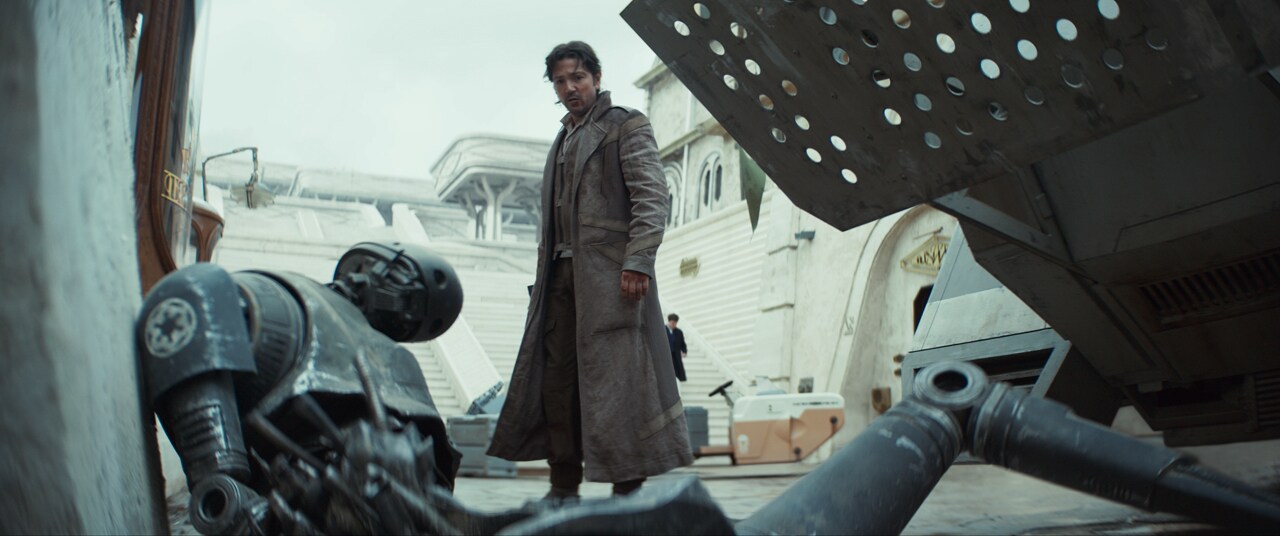
1. Friends come in all forms.
In the midst of the tragedy of the Ghorman Massacre, Cassian manages to steal a KX-series security droid, which is then reprogrammed back at the Yavin base. K-2SO’s first line is an innocent “Hello,” a touching bookend to his final “Goodbye” before his sacrifice in Rogue One.
In a way, K-2SO fills a void for Cassian, a need for companionship. Cassian thrives on community, but more often than not, his loved ones can’t be with him. K-2 becomes a friend as well as comrade in arms, and the pair’s complementary attitudes makes them a formidable team. And in their connection, starting in Andor and moving into Rogue One, we see echoes of Cassian’s friendship with B2EMO.
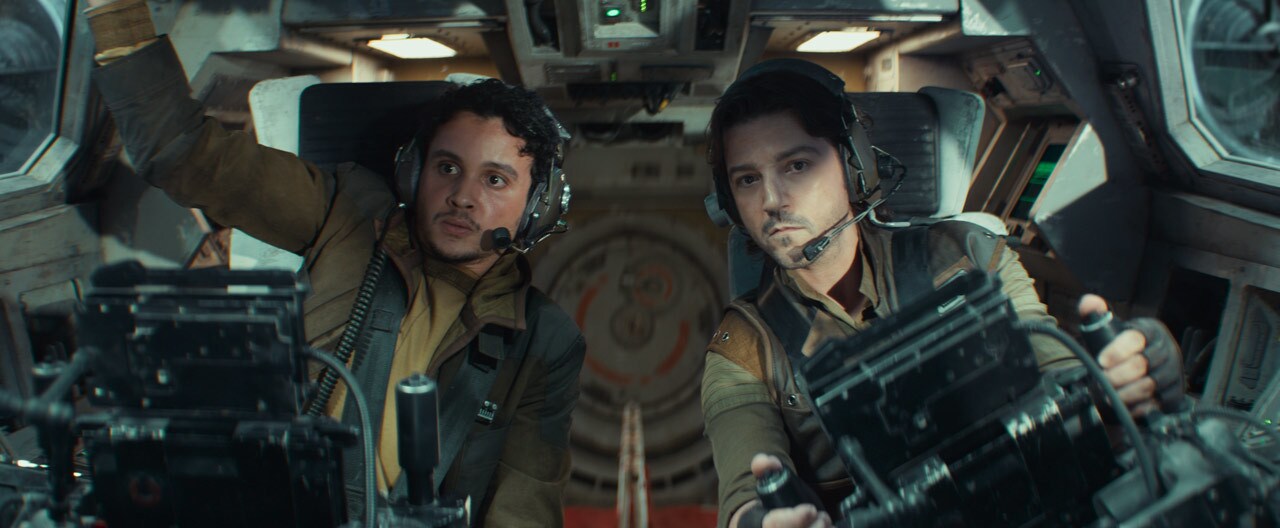
2. Cassian puts the “rogue” in Rogue One.
Andor expands on Cassian’s impatience with authority. Though he becomes a trusted operative for both Luthen Rael and the Rebel Alliance, Cassian is more than willing to go his own way when he needs to. More than once he makes unauthorized flights into and out of the Yavin base, frustrating the Rebel command.
The leadership structure at Yavin is complicated to say the least, and it’s difficult to reach a consensus, as is made very plain when Jyn Erso attempts to make her appeal in Rogue One. After she fails, Cassian is there, ready to go anyway. Bodhi Rook coins the term “Rogue One” out of necessity, giving a name to one of Cassian’s defining characteristics.
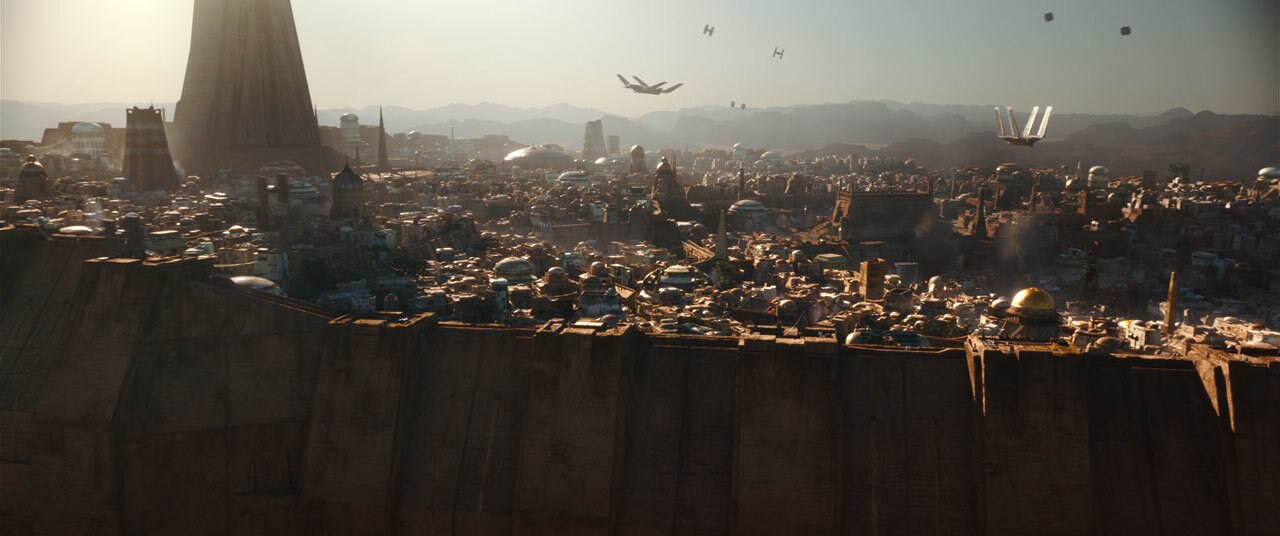
3. Jedha isn’t the first planet to feel the Empire’s wrath.
Rogue One depicts Jedha and its ancient city as an occupied world exploited for its supply of kyber crystal. With Ghorman, Andor presents another world subjected to the Empire’s unquenchable need for natural resources, all in service of the Death Star’s construction. After all, you have to kill planets to build a planet killer.
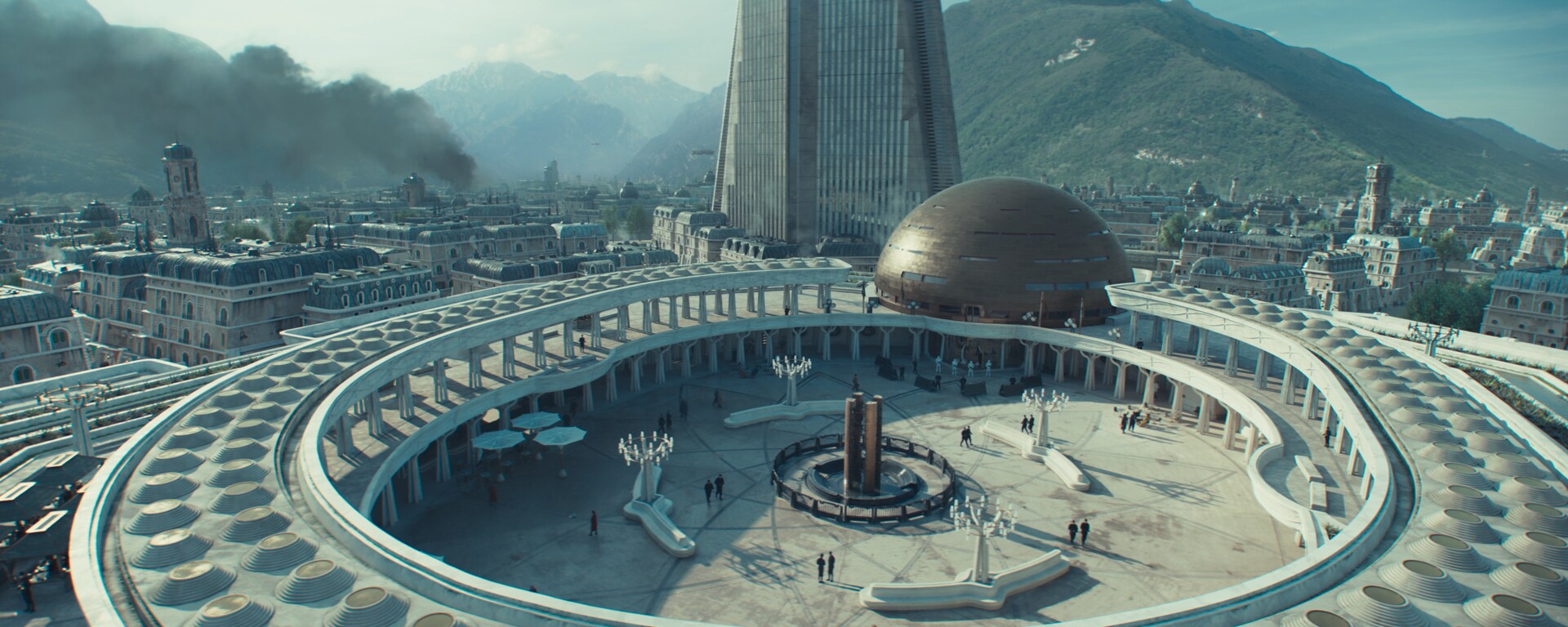
The Imperial presence leads to conflict on the ground, fueling the rise of insurgent movements. When Cassian tells Jyn, “This town, it’s ready to blow,” as they walk the streets of Jedha, perhaps he’s thinking back to Ghorman and the tensions that precipitated its uprising and subsequent massacre (not to mention the earlier uprising and demonstration on Ferrix). But where Ghorman is suppressed with more conventional means of violence, Jedha is subjected to the Death Star itself, becoming the first victim of its terrible power.
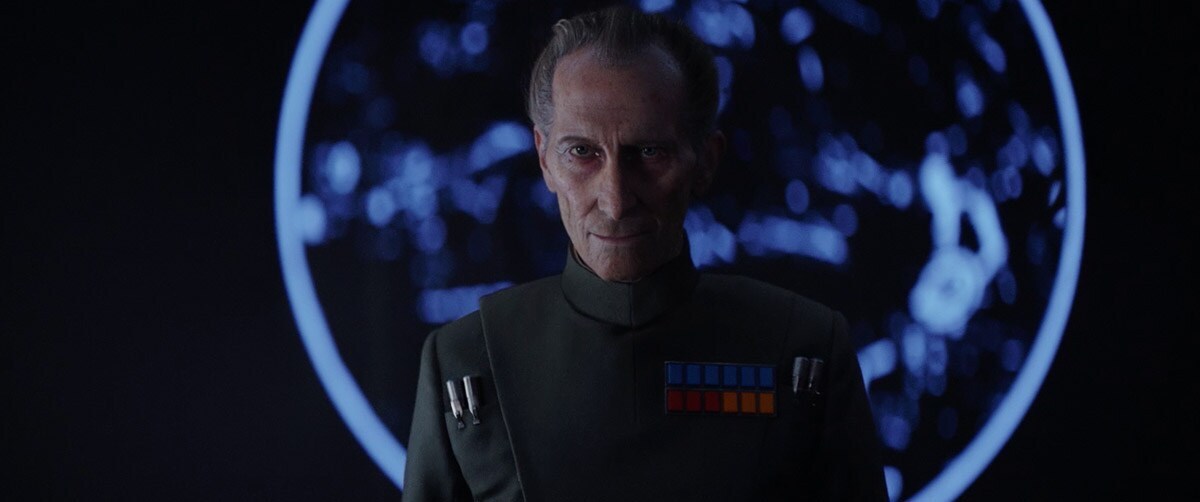
4. Tarkin’s arrival is strongly felt.
Grand Moff Tarkin is an unseen presence in Andor. Perhaps even more than the elusive Emperor, his is an explicit name attached to Imperial oppression, such as the earlier massacre on Ghorman memorialized in the statue in Palmo’s central plaza. But Tarkin does not appear in the series. Andor’s is more a story about middle management, those caught in between the powerful and the powerless, like Dedra Meero and, to an extent, Director Orson Krennic.
When Tarkin at last appears early in Rogue One, it is in tandem with the introduction of the Death Star. He is no longer a looming, shadowy presence; he is a direct threat and wields an unprecedented weapon. It's a step into the larger, mythic dimension of storytelling that culminates with Star Wars: A New Hope.
5. Meero and Krennic are undone by the Empire.
Fueled by an intense ambition, Dedra Meero ultimately goes too far in her pursuit of Axis, and she is consumed by the Imperial system for which she’d been such an effective agent. Responsible for the consequences of Dedra’s mistakes, director Orson Krennic plays a central role in ensuring her demise, which he imparts with a ruthless lack of humanity. We leave Dedra, broken and despairing, locked inside a prison that looks a lot like Cassian Andor's cell on Narkina 5. But is Krennic’s fate any different?

In Rogue One’s climactic Battle of Scarif, Krennic is likewise consumed by the power of the weapon he’d played a crucial role in building. Grand Moff Tarkin orders the entire Imperial facility destroyed without hesitation; it may, in fact, have been the plan all along to keep secrets hidden. Krennic was no less a pawn in the Imperial chess game than Dedra was. He’d invested decades of work into the Death Star’s creation, and was dispatched as quickly as his usefulness had ceased.
In the look in Krennic’s eyes as the superlaser zeroes in on him, we understand that there are no winners in the Imperial ranks. Even Tarkin himself is consumed within the Death Star at the Battle of Yavin. It raises important questions about tragic figures. There is tragedy in Cassian Andor’s ultimate fate, but not without hope and meaning. Cassian’s loss is one of heroic self-sacrifice in service of a redeemable cause. The tragic fates of Dedra and Krennic are no less total, but absent of redemption. These villains are complicit in their own demise.
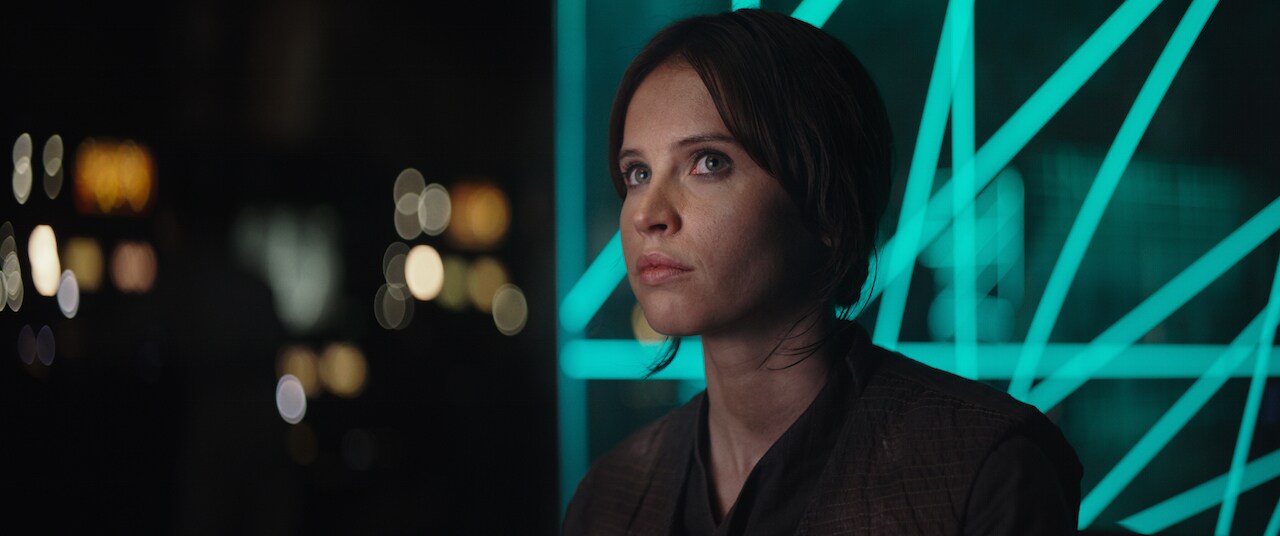
6. “Rebellions are built on hope.”
Andor gives us the origin story of what is perhaps Rogue One’s most iconic line of dialogue. Jyn Erso’s appeal, “Rebellions are built on hope,” fails to convince the Rebel council to make an attack on Scarif, but it does win over a small group listening in the wings, who prove enough to set the “rogue one” mission on its way. Jyn is echoing Cassian, who uses the line on Jedha. But it’s more than a quick retort.
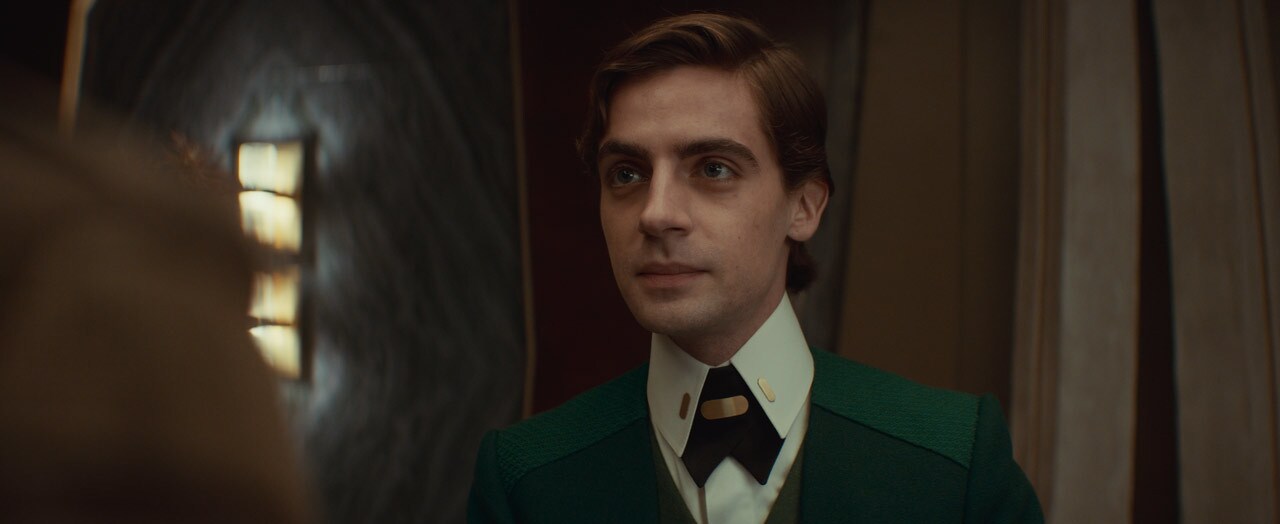
While on Ghorman in Andor, Cassian meets Thela, a bellhop in Palmo city. His relative youth belies his harsh experience. As a child, Thela witnessed the violent Imperial crackdown of a peaceful protest and lost his own father to the incident. With a quiet demeanor, Thela maintains a strong conviction that the Empire must be resisted and ultimately overcome. His statement that “rebellions are built on hope” provides Cassian with a flash of insight that helps him to channel his natural compassion into his view of the Rebellion.
The small acts of courage on the part of those like Thela are pieces of a larger whole. Cassian’s almost offhand assertion to Jyn implies his acceptance of that attitude. He will do what he can to foster hope, and, with any luck, it will inspire others to do the same. Together, Jyn and Cassian’s sacrifice helps empower the so-called “new hope” to emerge and lead the Rebellion to the Empire’s final demise.
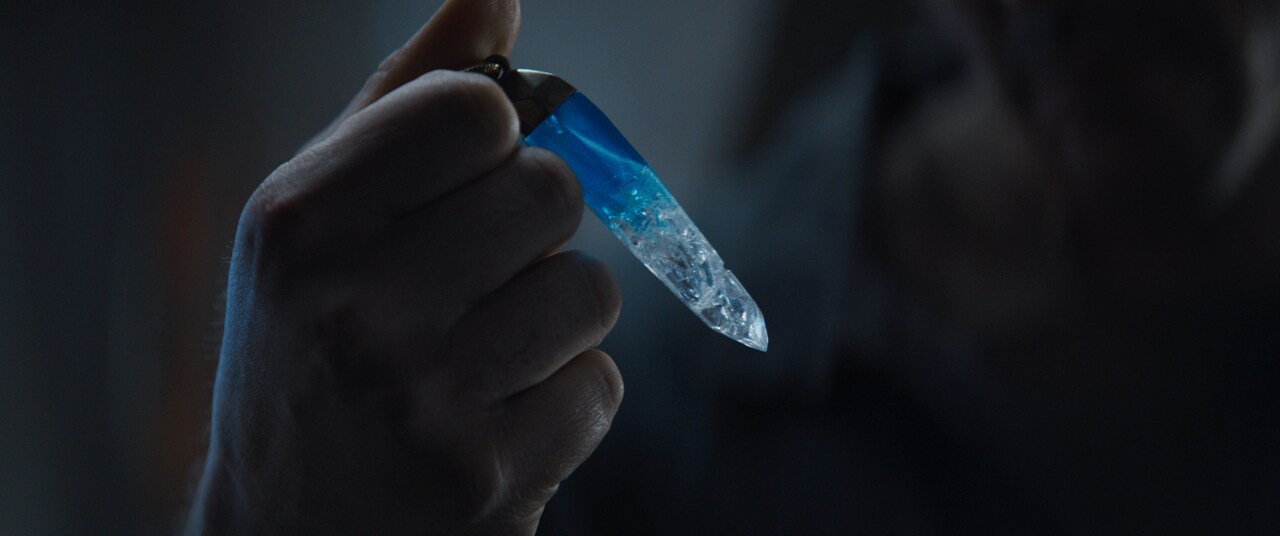
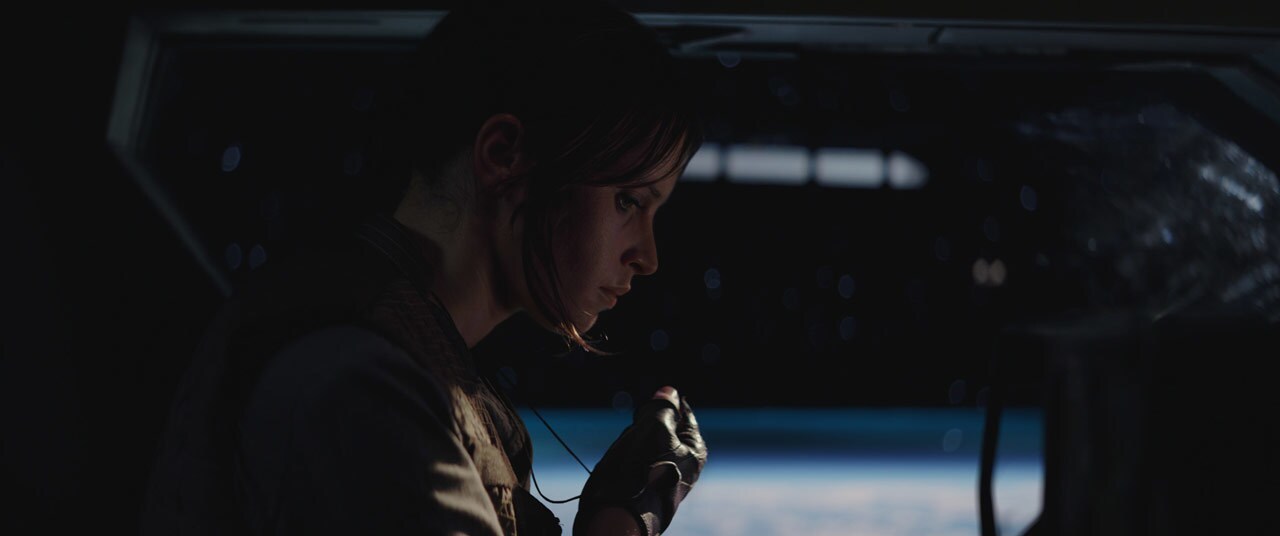
7. Cassian and Jyn find a deep connection.
It’s subtle but poignant that both Cassian Andor and Jyn Erso possess pieces of kyber tied into necklaces. Cassian’s comes from Luthen Rael as collateral payment, while Jyn’s is from her mother. According to Luthen, the kyber is historically a symbol of Resistance. For Jyn, it’s a deeply personal reminder of her lost parents.
Not much is made of this connection in the explicit story, but it’s a quiet signifier of the ultimate connection that Cassian and Jyn will share. Experiencing loss in their childhood, each find their own ways, developing gruff outlying personas, yet still yearning for reconnection. They’re at odds through much of Rogue One. “You’re not the only one who lost everything,” Cassian tells Jyn.
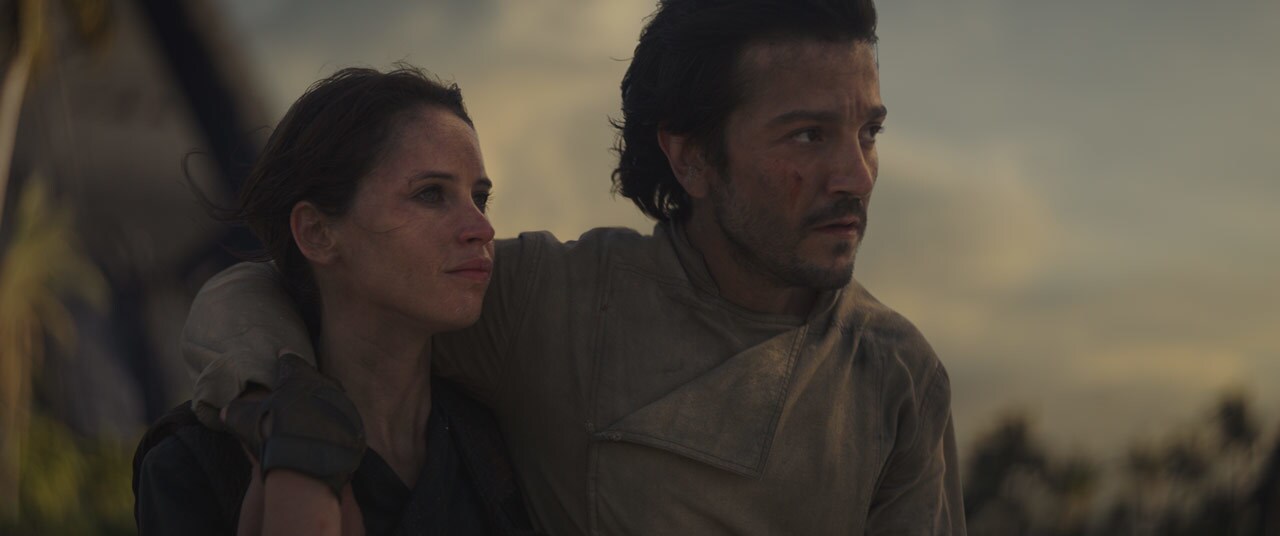

Through acceptance of loss, they find peace, and with it, the ability to see the mission through, at whatever cost. Jyn never gets her parents back. Cassian never sees Bix Caleen again, and never meets their infant child. It’s tragic, but tinged with beauty. Cassian and Jyn’s final embrace at sunset on a Scarif beach is mirrored by the sunset sky of Mina-Rau as Bix and child look into the future. There is uncertainty and loss, but there is also something that permeates all Star Wars storytelling: hope.

